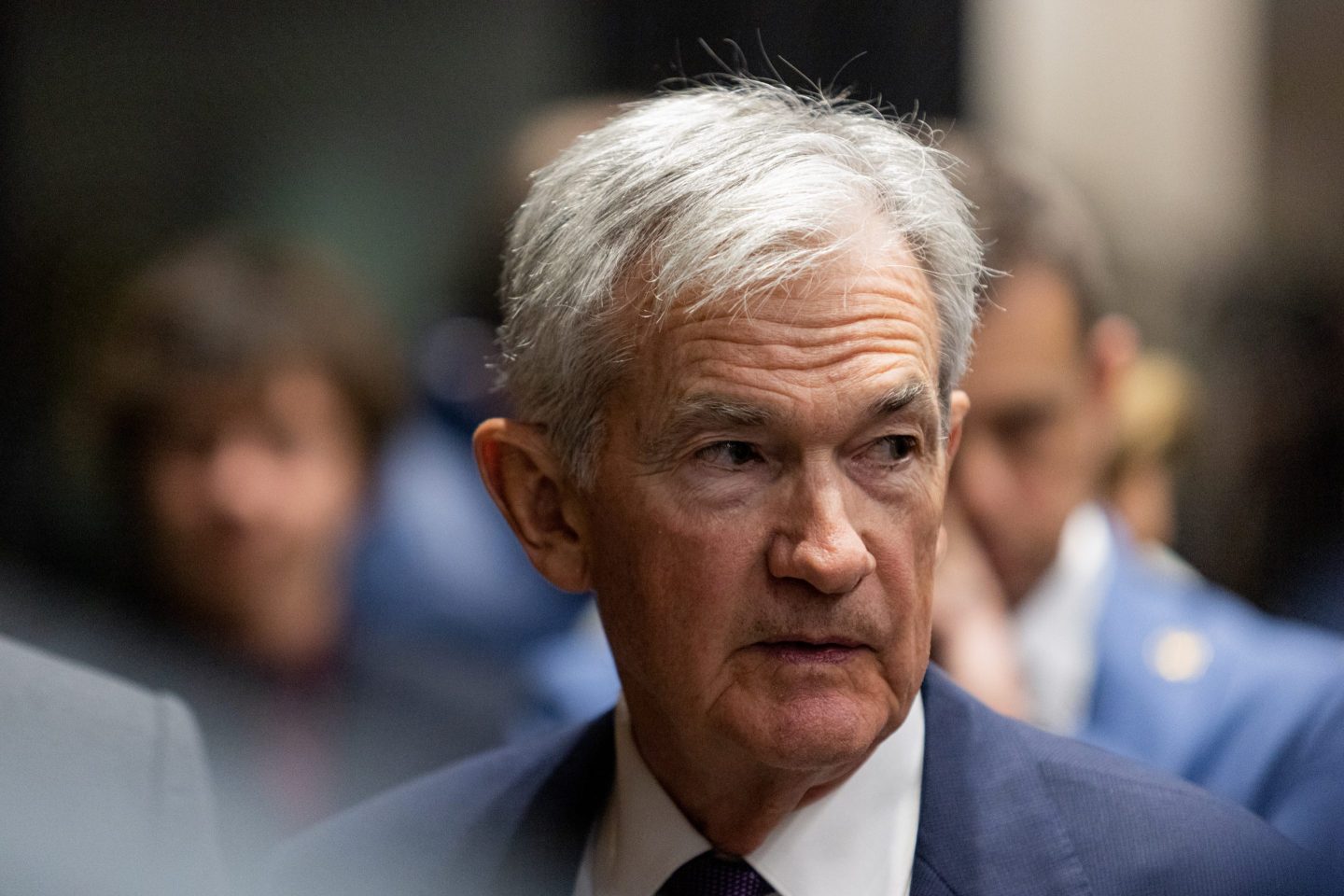China’s government has come out against debt-fuelled economic growth.
That’s according to a front-page article yesterday in the Communist Party-controlled People’s Daily, which heavily quoted an anonymous source close to China’s Xi Jinping who employed metaphors comparing leveraged-driven growth to “growing a tree in the air.”
The lengthy Q&A was basically a repudiation of everything that China’s officials have done so far this year. The central bank has cut interest rates for more than a year and flooded the state-owned sector with almost $1 trillion of credit in the first quarter.
Analysts noted this about-face in their reaction to the article. “It’s almost a public criticism of what the State Council has been doing,” Jonathan Fenby, a managing director at Trusted Sources consultancy in London, told the South China Morning Post. Earlier this year, for instance, Premier Li Keqiang oversaw government planning meetings for the next five years that hardly mentioned curtailing debt.
There’s also the positive spin: others in financial markets see it as proof that past stimulus measures have done their job in avoiding a ‘hard landing’ for the economy.
Either way, the article’s placement on the front of People’s Daily, which is required reading for officials across the country, likely signals the government’s intention to scale back recent stimulus policies. That in turn could send ripples around the world economy, by causing a moderation in Chinese demand for imports, from iron ore to iPhones. Its impact on local financial markets was immediate, hitting everything from stocks to steel products futures, while the offshore rate for the yuan has hit a two-month low against the dollar.
In the eyes of many, a change of course is overdue. It’s now a truism that no country has ever escaped a debt crisis after such a steep and rapid rise in its overall debt level. Earlier today, the credit ratings agency Moody’s noted that China’s total debt has climbed to 280% of gross domestic product, including China’s state-owned company liabilities that totalled 115% of GDP at the end of last year. For comparison, in Japan and South Korea, which also have large government-owned sectors, SOE liabilities were 31% and 29% of GDP in 2014.
Although Moody’s predicts only 20% to 25% of Chinese SOE liabilities will need to be restructured, “the amount is still sizeable” it said.
The source behind the People’s Daily article went on to predict an ‘L’ shaped recovery for the economy. Typically, the description means a sharp contraction followed by a long period of slow or stagnant growth. Investors have used Japan as the classic example. But it appears the Chinese source was describing the flatline without the steep drop. Most recoveries, in economist jargon, tend to be either V-shaped (if the rebound quick), or U-shaped (if it takes longer to materialize).
“Thanks to weak demand and overcapacity, the “L-shaped” recovery is projected to last more than two years,” People’s Daily said later. “But the source also pointed out that China’s economic growth will not drop abruptly given its potential, resilience and the room for policy action to support it. ‘We shouldn’t be overly excited about some rebounding indexes, nor should we be overly panicked about some falling ones,’” the source was quoted saying.
China reining in its borrowing would be one of the country’s more remarkable accomplishments. Debt has grown 30% since the end of 2010 alone, after a huge government stimulus package had already boosted the figure, as officials struggled to meet economic growth targets in 2014 and 2015.





